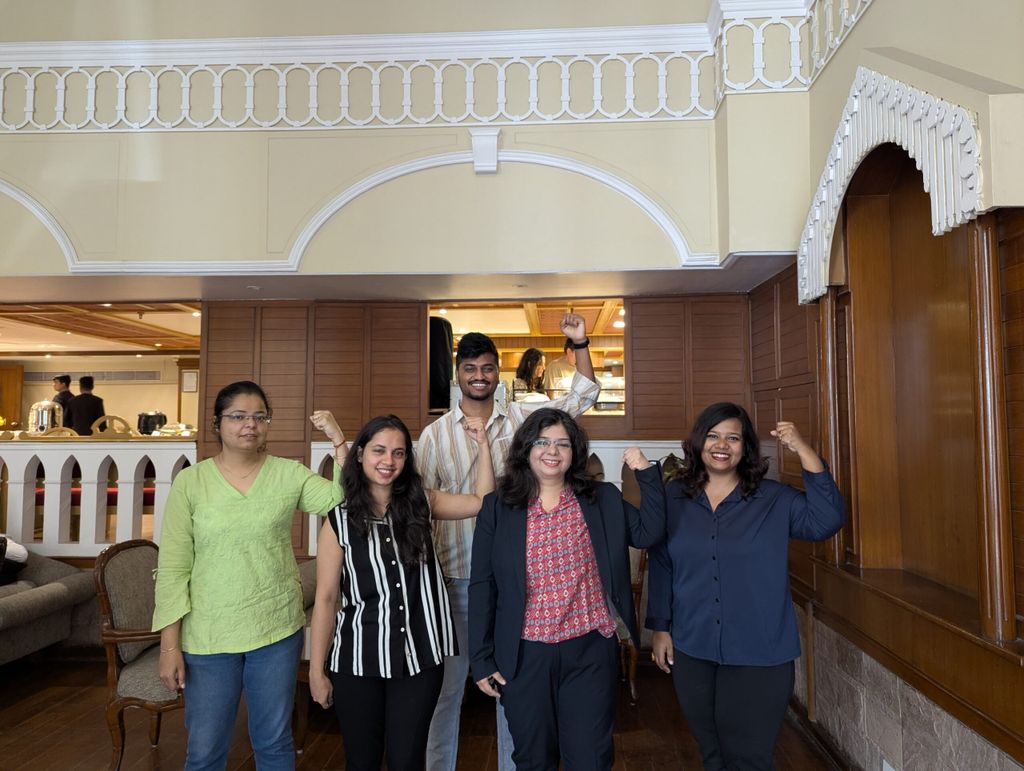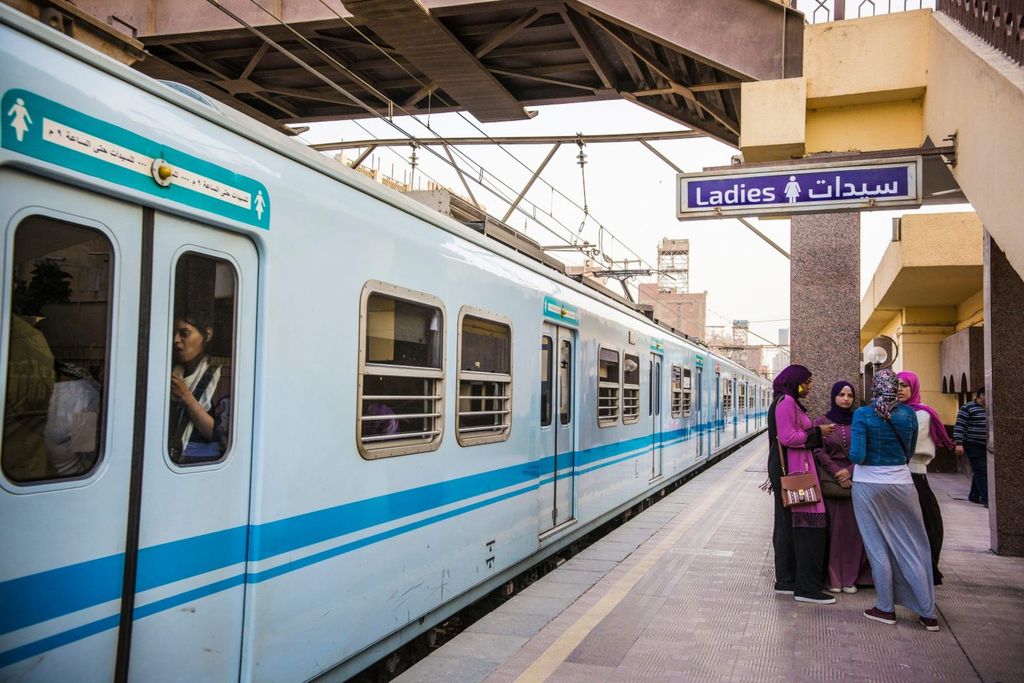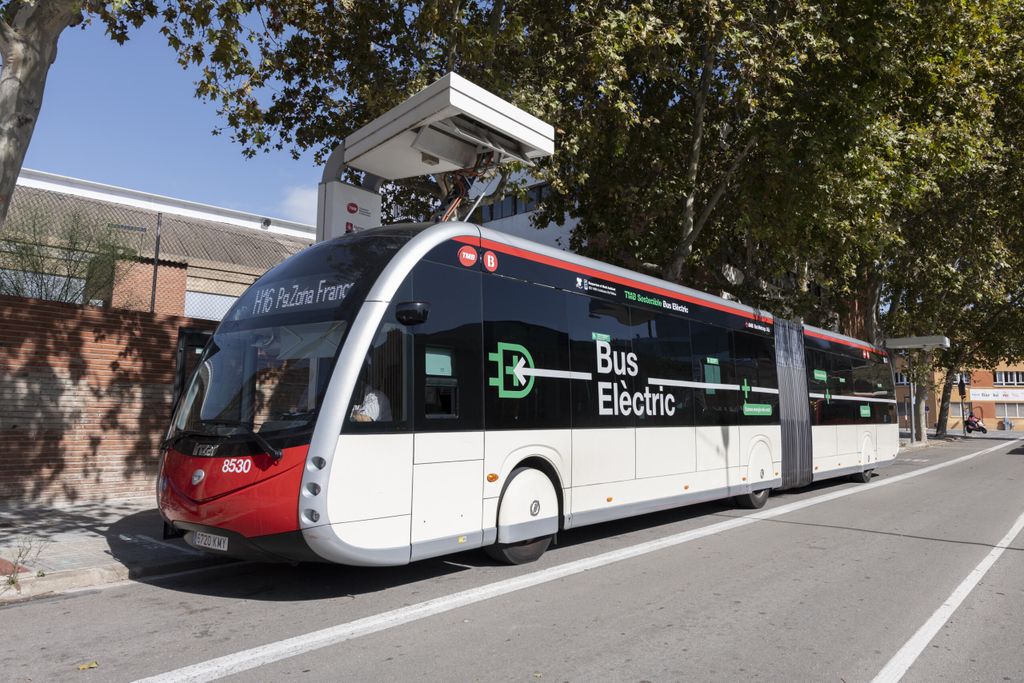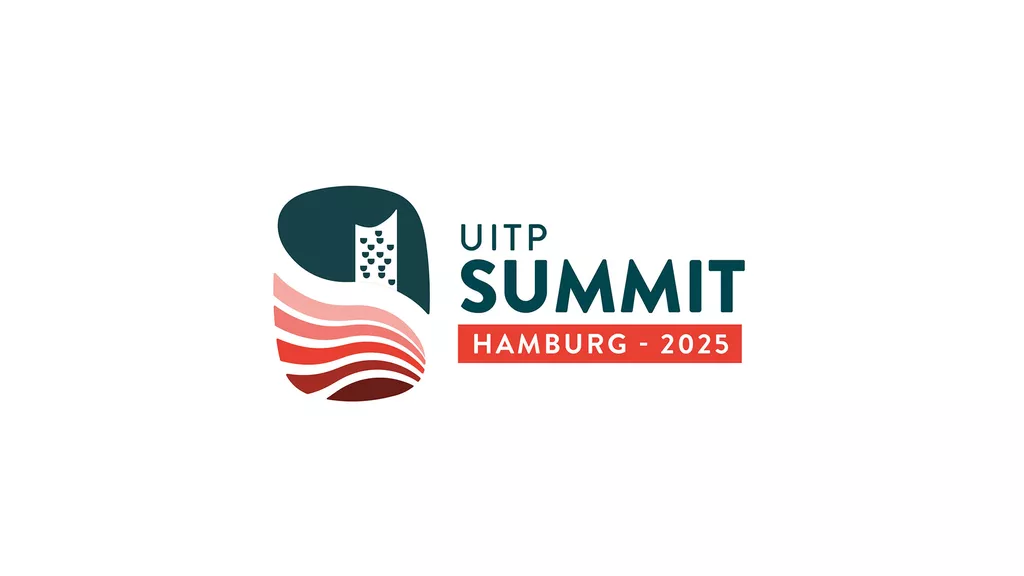
Exploring contracting in public transit: UITP produces a new study on meeting passenger needs
Do you know all about the values and benefits of contracting within our sector?
Around the world, there are many ways that public transit authorities organise and choose to deliver daily operations to their passengers.
We all know that public transit is an integral part of the urban landscape.
For those of us who choose city living, our public transit modes and vehicles are the most effective and reliable means to access employment, education, leisure, culture, and essential services.
For businesses, these networks are increasingly considered as valuable infrastructure, while for elected officials, they represent the most effective return on investment to encourage economic growth, support inclusion and the ongoing global fight against climate change.
But often hidden behind these considerations are the more technical aspects of
how the service is granted and the structure of the relationship between the authority and the private contractor…
Let’s take a deep dive into the topic of contracting…
Now, to dive deeper into the topic of contracting in public transit, UITP has produced a study commissioned by the North American Transit Alliance (NATA), on contracting within the sector.
“Contracting in Transit: The value and benefits of private contracting internationally and in North America and internationally to meet passenger needs” takes a detailed look at the benefits of contracting transit operations through a competitive process in a series of interviews with public transit authorities, operators (private contractors) and organisations.
The Study presents best practices in terms of the scope and award process, contractual framework, and partnership relations between the parties and the benefits of contracting.
Taking a close look at many locations around the world, we illustrate competitive procedures in the form of case studies from within the United States and Canada, Australia, Europe, including France, Sweden, UK and Singapore.
Sharing insights with the sector and the press.
To best introduce this important and interesting sectoral topic, UITP and NATA spoke with several leading sector publications to share insights with the press on what the advantages to contracting operations are through a competitive process and how the initial procedure develops…among other key insights.
We know that contractual models are diverse, and the variations are often influenced by the context, the culture, and the history of the location where they are implemented.
There are three main options for arranging the delivery of public transit services that can be distinguished: in-house (without competition), an outsource via a Request for Proposal (RFP) and a free market.
Each model can be illustrated by very efficient transit operations today, and there are leading transit systems around the world illustrating each of the main models.
Contracting is an important and interesting topic for the public transit sector in North America and around the world…learn more in our new Study.












